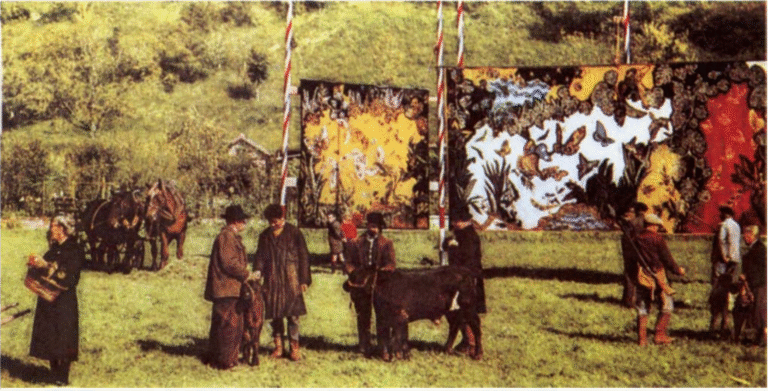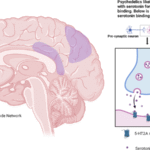Social media echo chambers—environments where users are predominantly exposed to like-minded perspectives—significantly reinforce existing beliefs, amplify political and social polarization, and engender distinct behavioral shifts across populations.
Understanding Echo Chambers
An echo chamber describes an online environment in which users encounter beliefs and information that mirror their own, while dissenting views are excluded or minimized. This process relies on two structural features:
- Selective Exposure: Individuals preferentially consume content that aligns with their pre-existing beliefs, thereby avoiding contradictory information.
- Homophily: Users connect primarily with others who share similar ideologies or preferences, fostering highly homogeneous networks.
Social media platforms, driven by algorithmic recommendation systems and engagement-maximizing designs, inadvertently incentivize the formation of echo chambers. Algorithms analyze users’ past interactions—likes, shares, comments—to curate feeds focused on reinforcing content, rather than diversifying viewpoints.
Mechanisms Driving Polarization
Algorithmic Amplification
Recommendation algorithms on platforms like Facebook and Twitter create feedback loops: content that generates engagement—often sensational or confirmatory—triggers further dissemination among like-minded users. Over time, these feedback loops result in homophilic clusters that dominate user interaction networks.
Cognitive and Emotional Dynamics
Within echo chambers, repeated exposure to congruent viewpoints induces group polarization, a phenomenon where group members adopt more extreme positions than initially held. Emotional contagion further deepens this effect: highly engaged users exhibit increasingly negative emotional states as they interact with reinforcing content, accelerating shifts toward extremity.
Effects on Political and Social Polarization
Intensification of Political Divides
Empirical studies show that political echo chambers are particularly pronounced. Analysis of COVID-19 discourse on Twitter revealed that right-leaning communities were more densely connected and isolated, with nearly 80% of far-right users’ audiences sharing their stance, compared to 40% for far-left communities. This asymmetric density exacerbates ideological segregation, reducing opportunities for cross-ideological dialogue.
Comparative research across platforms (Gab, Facebook, Reddit, Twitter) on controversial topics (e.g., gun control, vaccination) confirms that homophilic clustering and information bias toward like-minded peers are prevalent, especially on Facebook, which exhibited higher segregation than Reddit.
Social Fragmentation and Trust Erosion
Echo chambers undermine societal cohesion by fostering distrust of external information sources. When communities become insular, their members’ trust in mainstream or opposing media diminishes, leading to fragmented realities where each group believes in distinct “facts” and narratives.
Behavioral Changes Induced by Echo Chambers
Information Seeking and Sharing
Users within echo chambers display confirmation bias in their information-seeking behaviors, actively curating newsfeeds to reinforce their worldview. Highly reactive individuals—those who engage vigorously with shared content—tend to avoid information that contradicts group norms, limiting their exposure even to credible sources.
Emotional and Cognitive Shifts
Greater involvement in echo chambers correlates with more negative emotional states. Analysis of Facebook communities centered on science versus conspiracy content showed that highly active users shifted faster toward negativity than less active ones, regardless of content category. This emotional skew influences both online discourse tone and offline attitudes toward societal issues.
Polarized Behavior and Extremism
Echo chambers promote extreme viewpoints by lowering perceived social costs for radical opinions. In insulated networks, users encounter few moderating voices, reinforcing behaviors such as sharing sensationalized content, participating in coordinated online campaigns, or endorsing conspiracy theories.
Reduced Critical Discourse
In environments lacking countervailing perspectives, critical discourse diminishes. Users become less likely to question or verify information, increasing susceptibility to misinformation. Research indicates that echo chambers can impede information diffusion from credible sources, as members actively curate homogenous environments to avoid cognitive dissonance.
Case Studies
COVID-19 Discourse on Twitter
The Retweet-BERT model analysis of U.S. Twitter users during the pandemic revealed that partisan users—particularly right-leaning—dominated production and consumption of COVID-19 information. The right-leaning echo chamber was denser and more isolated, exacerbating polarization around public health measures and fueling divergent compliance behaviors.
Comparative Analysis of Platform Dynamics
A large-scale study of over 100 million contents across Gab, Facebook, Reddit, and Twitter demonstrated that platforms relying on personalized news feeds and social network structures (Facebook, Twitter) foster stronger echo chambers than community-based forums (Reddit). As a result, platform design plays a critical role in shaping the intensity of polarization.
Mitigation Strategies
Algorithmic Interventions
- Diversity-Enhancing Recommendations: Introducing serendipitous content from diverse sources can broaden exposure, mitigating homophily.
- Transparency in Algorithms: Allowing users to understand and adjust feed–curation parameters enhances agency over information environments.
User-Level Approaches
- Critical Media Literacy: Educating users to recognize biases and verify information reduces susceptibility to insular narratives.
- Active Cross-Ideological Engagement: Encouraging respectful dialogue with opposing viewpoints promotes perspective-taking and reduces polarization.
Platform and Policy Actions
- Regulatory Frameworks: Policies mandating disclosure of algorithmic mechanisms and encouraging platform accountability can deter excessive reinforcement of echo chambers.
- Supporting Fact-Checking Initiatives: Integrating reliable fact-checking into platforms can counter misinformation and provide corrective signals within echo chambers.
Conclusion
Echo chambers in social media are a potent driver of political and social polarization, shaping both the emotional landscape and behavioral patterns of users. By reinforcing pre-existing beliefs and insulating communities from dissenting views, these environments not only intensify ideological divides but also transform information-seeking, emotional responses, and civic behaviors. Addressing the challenges posed by echo chambers requires coordinated efforts across algorithmic design, user education, and policy interventions to foster more inclusive, diversified online discourse and rebuild societal trust.








